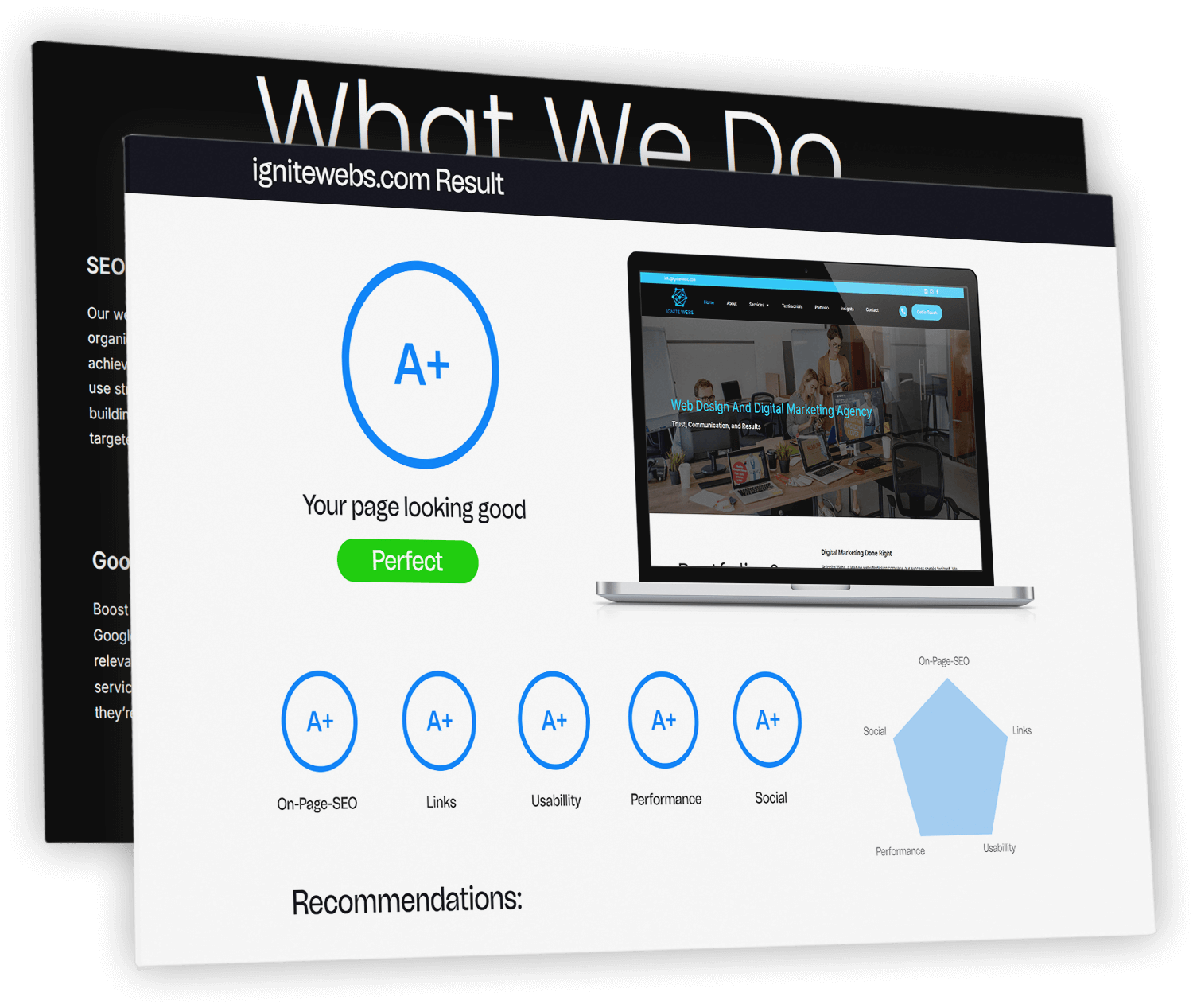In today’s digital age, having a website is no longer optional for businesses; it’s essential for staying competitive and reaching a wider audience. Understanding CTR Impact on Rankings is crucial for ensuring your site ranks high on search engines and attracts sufficient traffic. CTR (Click-Through Rate) plays a significant role in determining your site’s visibility and ranking in search engine results. Without understanding CTR impact on rankings, businesses may struggle to improve their organic traffic and search performance. This article will dive into what CTR is, how it affects your website’s ranking, and provide practical tips on how to improve it. By the end, you’ll have a clearer understanding CTR impact on rankings and how to use this knowledge to boost your rankings and attract more visitors. Understanding CTR Impact on Rankings is essential for anyone looking to improve their site’s SEO performance and achieve long-term online success.
What is CTR and why is it important?
Click-through rate (CTR) is a metric that measures the number of clicks your website receives divided by the number of impressions it gets. In other words, it is the percentage of people who click on your website after seeing it. CTR is important because it is a significant factor in determining your website’s ranking on search engines. The higher your CTR, the more likely your website is to rank higher on search engines like Google, Bing, and Yahoo.
CTR is crucial because it tells search engines how relevant and useful your website is to users. If a search engine sees that your website has a high CTR, it will assume that your website is providing users with valuable information that they find helpful. As a result, search engines will rank your website higher, which will lead to more traffic, more clicks, and ultimately, more revenue for your business.
How CTR affects your website’s ranking
CTR is an essential factor in determining your website’s ranking on search engines. Search engines use algorithms to determine which websites are the most relevant and useful to users. One of the signals that search engines use to determine this is CTR. When a user searches for something on a search engine, they are presented with a list of results. The websites that have the highest CTR will be ranked higher on the list, and the ones with a lower CTR will be ranked lower.
When your website has a high CTR, it tells search engines that your website is providing users with valuable information that they find useful. As a result, search engines will rank your website higher, which will lead to more traffic, more clicks, and ultimately, more revenue for your business. Conversely, if your website has a low CTR, search engines will assume that your website is not providing users with valuable information, and they will rank your website lower, which will lead to less traffic and fewer clicks.
Factors that influence CTR
Several factors can influence your website’s CTR. The first factor is the position of your website on the search engine results page (SERP). Websites that are ranked higher on the SERP will generally have a higher CTR than those that are ranked lower. This is because users tend to click on the first few results, they see on the SERP, assuming that they are the most relevant and useful.
Another factor that can influence your website’s CTR is the meta description and title of your website. The meta description is the short blurb that appears under the title of your website on the SERP. The title is the blue link that users click on to access your website. If the meta description and title are well-written and compelling, they can encourage users to click on your website, resulting in a higher CTR.
Other factors that can influence your website’s CTR include the relevance of your website to the user’s search query, the quality of your website’s content, and the use of rich snippets, which are structured data markup that provides extra information about your website on the SERP.
How to measure CTR
Measuring your website’s CTR is relatively easy. You can use tools like Google Analytics to track the number of clicks your website receives and the number of impressions it gets. You can then calculate your CTR by dividing the number of clicks by the number of impressions and multiplying the result by 100 to get a percentage.
Once you have calculated your website’s CTR, you can compare it to the average CTR for your industry to see how your website is performing. You can also compare your website’s CTR to your competitors’ CTR to see how you stack up against them.
Ways to improve your CTR
Improving your website’s CTR is essential if you want to rank higher on search engines and attract more traffic to your website. Here are some tips on how to improve your website’s CTR:
1. Use compelling titles and meta descriptions
Your website’s title and meta description are the first things that users see when they search for something on a search engine. Therefore, it is essential to make them as compelling as possible. Use keywords that are relevant to the user’s search query, and make sure that your titles and meta descriptions are descriptive and accurately reflect the content of your website.
2. Optimise your website’s content
Your website’s content is another essential factor that can influence your CTR. Make sure that your content is high-quality, informative, and relevant to the user’s search query. Use headings and subheadings to break up your content into smaller, more manageable chunks, and use bullet points and lists to make it easier to read.
3. Use rich snippets
Rich snippets are structured data markup that provides extra information about your website on the SERP. They can include things like star ratings, reviews, and prices. Using rich snippets can make your website stand out from the competition and encourage users to click on your website.
4. Improve your website’s loading speed
Your website’s loading speed is another essential factor that can influence your CTR. If your website takes too long to load, users are more likely to click on another website. Therefore, it is essential to optimised your website’s loading speed by compressing images, reducing the number of HTTP requests, and using a content delivery network (CDN). All you need to do is type in your website URL and google will tell you your load speed on both desktop and mobile devices.
The role of meta descriptions and titles in CTR
The meta description and title are two essential elements that can influence your website’s CTR. The meta description is a short blurb that appears under the title of your website on the SERP. It should accurately reflect the content of your website and include relevant keywords. The title is the blue link that users click on to access your website. It should also include relevant keywords and accurately reflect the content of your website.
When writing your meta description and title, it is essential to keep them short and to the point. Ideally, your title should be no more than 60 characters, and your meta description should be no more than 160 characters.
The impact of mobile on CTR
Mobile devices have become increasingly popular in recent years, and many users now use their mobile devices to search for information on the internet. Therefore, it is essential to optimise your website for mobile devices if you want to improve your CTR.
One way to optimize your website for mobile devices is to use a responsive design. A responsive design will automatically adjust the layout of your website to fit the screen size of the device that the user is using. This can make your website more user-friendly and encourage users to click on your website.
Tools to track and analyse your CTR
Several tools can help you track and analyse your website’s CTR. One of the most popular tools is Google Analytics. Google Analytics allows you to track the number of clicks your website receives, the number of impressions it gets, and your website’s CTR.
Other tools that can help you track and analyse your CTR include SEMrush.com, Ahrefs, and Moz. These tools provide detailed information about your website’s performance, including your CTR, and can help you identify areas where you can improve your website’s performance.
Common mistakes to avoid in CTR Optimisation
When optimising your website’s CTR, it is essential to avoid some common mistakes. One of the most common mistakes is using clickbait titles and meta descriptions. Clickbait titles and meta descriptions are misleading and can result in a high bounce rate, which can hurt your website’s ranking on search engines.
Another common mistake is stuffing your content with keywords. Keyword stuffing can make your content difficult to read and can result in a penalty from search engines.
Conclusion
In conclusion, understanding CTR and its impact on your website’s ranking is essential if you want to improve your website’s visibility and attract more traffic. By using compelling titles and meta descriptions, optimising your website’s content, using rich snippets, and improving your website’s loading speed, you can improve your website’s CTR and ultimately, your business’s success.
Remember to avoid common mistakes like using clickbait titles and meta descriptions and keyword stuffing, and use tools like Google Analytics, SEMrush.com, Ahrefs, and Moz to track and analyse your website’s performance. With these tips, you can leverage CTR to boost your website’s visibility and reach a broader audience.


